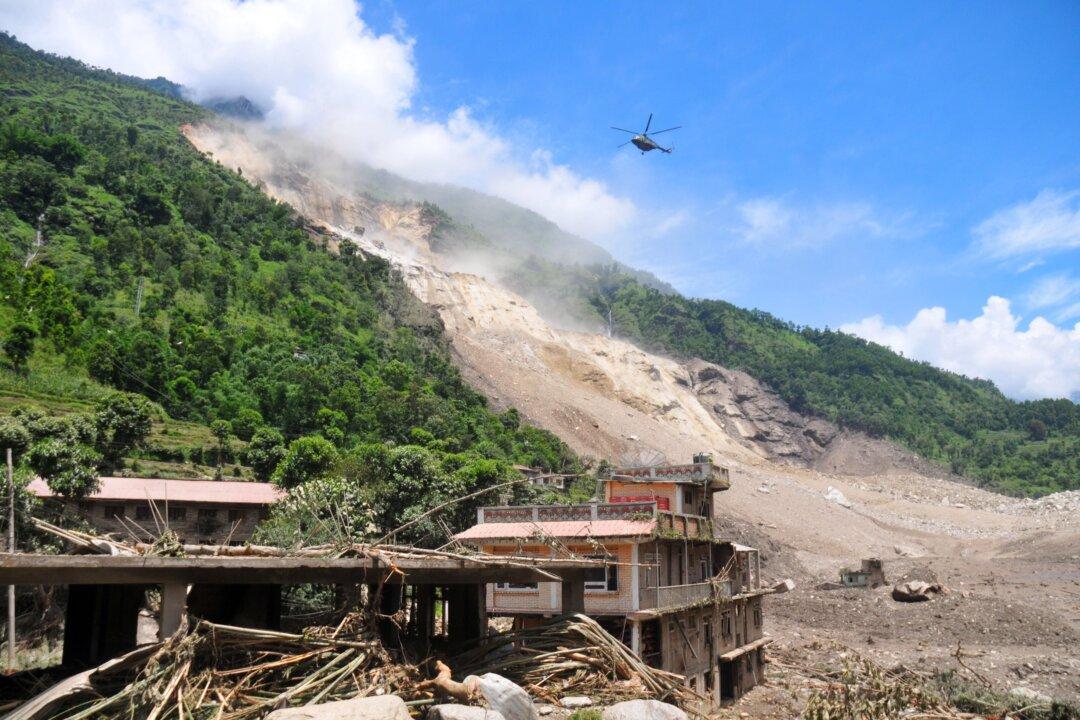The tragedy in Nepal has already claimed more than 6,000 lives, but some experts believe the total death count could be as much as 10 times that. Minor aftershocks could also continue into the coming weeks, but they won’t cause damage anywhere near the scale of the initial quake.
However, another threat, just as fatal, looms over Nepal in the coming months—landslides.
Landslides and mudslides are a perennial problem for Nepal, whose proximity to the Bay of Bengal makes it subject to heavy rainfall during the summer season. Indeed, the term “monsoon” was introduced to the English language by British colonists in India.
Immediately after the earthquake, landslides erupted across the country—remote villages were trapped and hundreds are missing as a result, but the worst may be yet to come.





